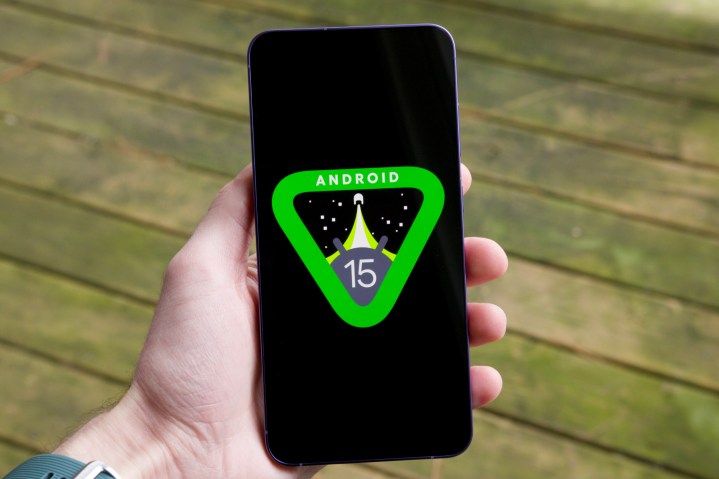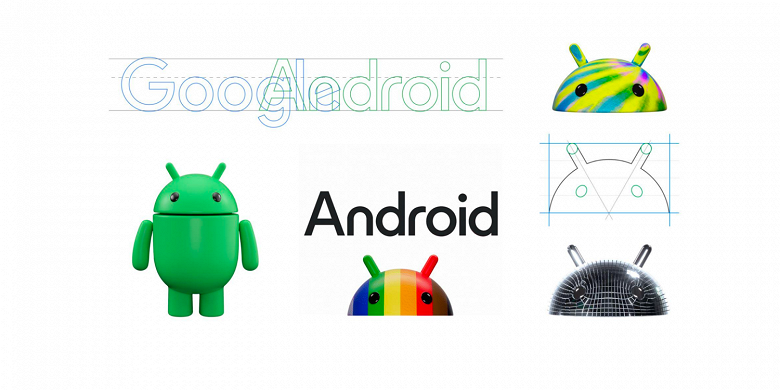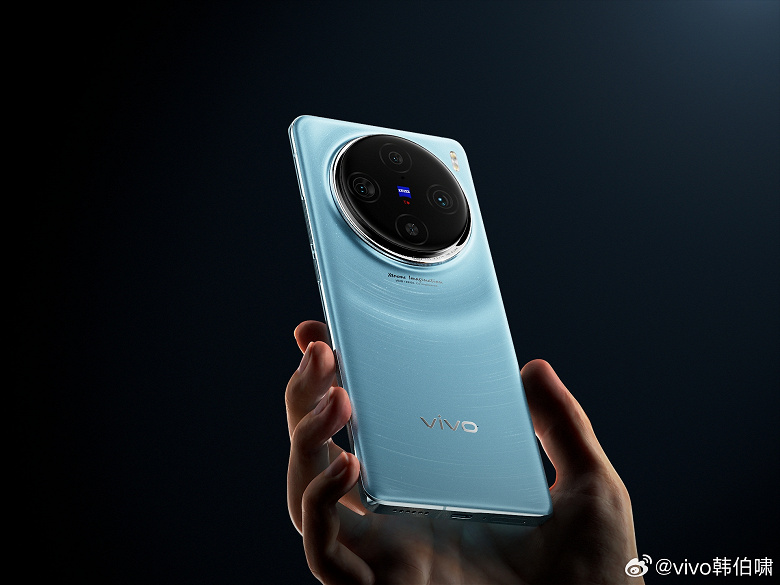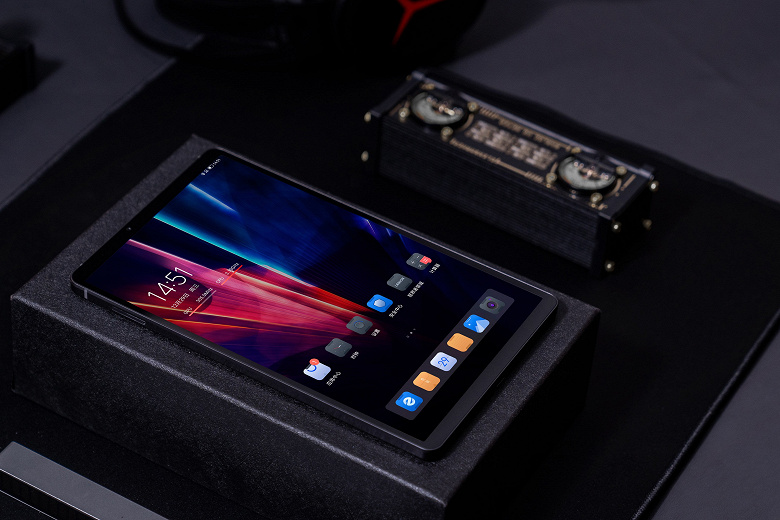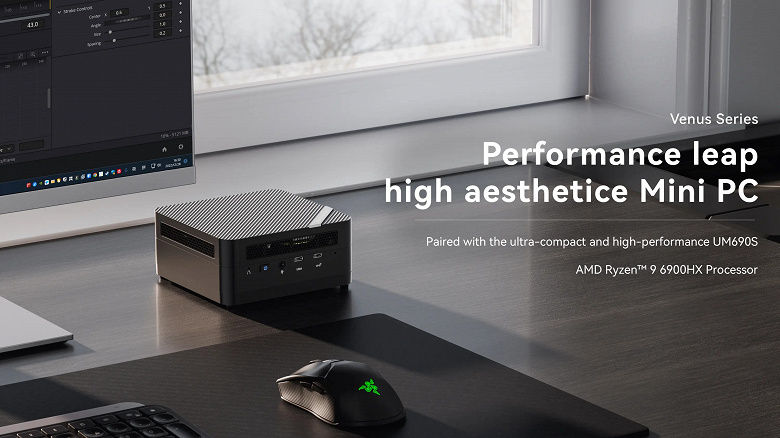Despite the fact that the launch of Android took place a year and a half later than iOS, from a functional point of view, the Google operating system at first greatly exceeded its main competitor. Only after many years, Apple has expanded the capabilities of its platform so that its users stopped looking at the side.

However, Cupertino was so carried away by the improvement of iOS that they could no longer stop and forced Android users to look with envy at themselves.
Replace card in Google Pay
I never liked Google Pay because of its lack of thought. Not only did the Google payment service have only a limited number of tokens for payment without an Internet connection, but it also did not allow you to quickly select a payment card. Apple Pay in this sense was much more convenient, allowing you to call the interface directly on the lock screen and select the right card for payment. Fortunately, Android 11 has a similar feature.

Google did not change the interface of Google Pay, but simply added a separate page to the system, which is called up by holding the power button for a long time. This action brings up a window in which there are a lot of elements – from payment cards for Google Pay to emergency keys and smart home controls. I don’t know why Google knocked everything like that, but now at least you can choose a card before paying, and that’s great.
Android App Permissions
iOS has always had more advanced security mechanisms than Android, which Apple has made more and more perfect from year to year. Therefore, when in iOS 13 the opportunity appeared to give the application permission to track geolocation for only one session, no one was particularly surprised. Everyone just took it for granted. However, Google took a closer look and realized that she also needed something similar.

Android 11 introduced a mechanism that allows the application to give permission to access the camera, microphone, or geolocation services for only one session. That is, at the first launch, the application will send you a request, and you can decide for yourself, give it a privilege for one time, allow access to these system mechanisms only when used or always. A very convenient thing, I tell you, which will ensure your privacy by prohibiting software from monitoring you.
Android Screenshot Editor
I always liked the way screenshots were implemented in iOS. The image was not just saved to the gallery, but it allowed you to start the editor to crop, finish, or ascribe something to it. In Android, by default, there was no such feature and users had to open the gallery, look for a screenshot in the abundance of saved images, and only then edit it. Fortunately, this year Google changed her mind and realized that this is not the case.

Google developers have copied the screenshot creation mechanism on iOS, making it practically unchanged in Android 11. Now, if you press a key combination to create a screenshot, its thumbnail will appear in the lower-left corner. Clicking on it will open a window with editing tools, where you can make the necessary changes to the image, and then just as easily send it through the messenger, social network application or by mail to the selected interlocutor.
Screen Recording in Android 11
You may be surprised, but the stock version of Android never had a full-time tool for recording video from the screen, and manufacturers were in no hurry to engage in its implementation on their own. Because of this, many smartphones based on the OS from Google still can not capture what is happening on the screen. It is especially surprising that in iOS such an opportunity has existed for a very long time, and is implemented at a fairly high level.

In Android, a screen recording should have appeared a year ago, but by the time Android 10 was released, Google somehow hid it in the developer’s menu. But in Android 11, obviously, having corrected all the flaws, the company decided to release this innovation officially. Therefore, with the release of the update, you can lower the notification curtain, click on the screen recording button and record everything that happens, then send the recording to its destination or save it to memory.
Scoped Storage on Android
It is known that in Android 11 the Scoped Storage mechanism will appear, which will divide the smartphone’s memory into several independent cells by the number of installed applications. In this way, Google wants to ensure the security of the data that it has so that one program cannot claim the space occupied by another. In fact, this function should appear a year ago, but its launch was postponed.

Surprisingly, in iOS, such a mechanism restricting applications in their right to claim each other’s data has existed for many years. He does not have his own name, but he just is. For this reason, on iOS, it is impossible to imagine that one application would just access the data that another has and steal them. On Android, it was not the norm, but a more or less ordinary situation. Fortunately, you will not have to endure this anymore.
